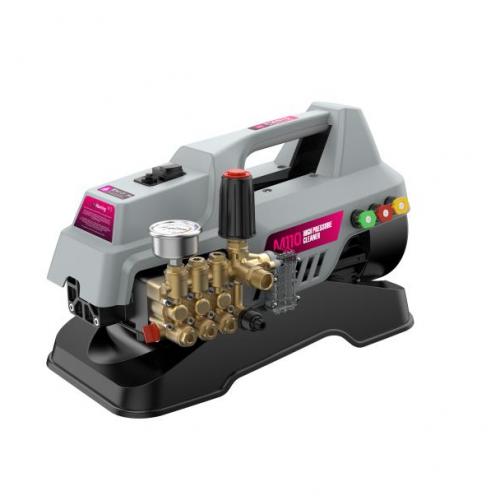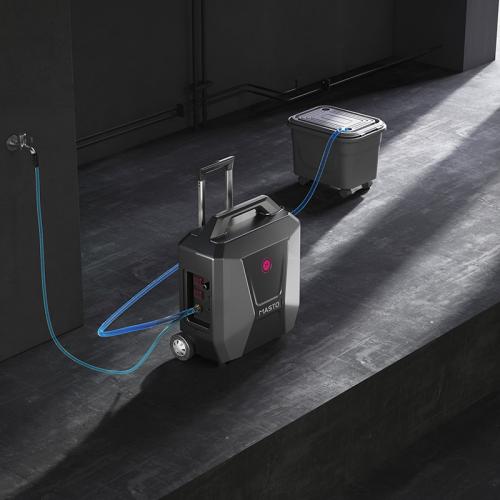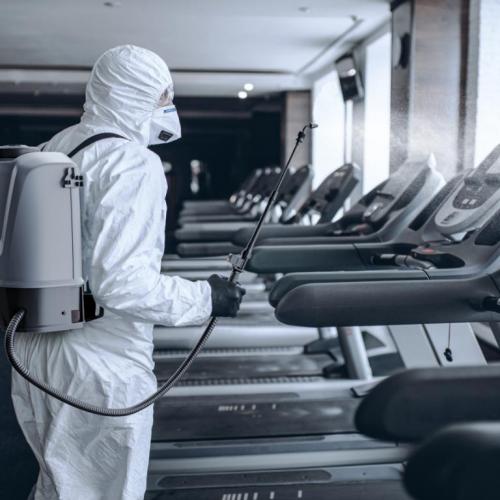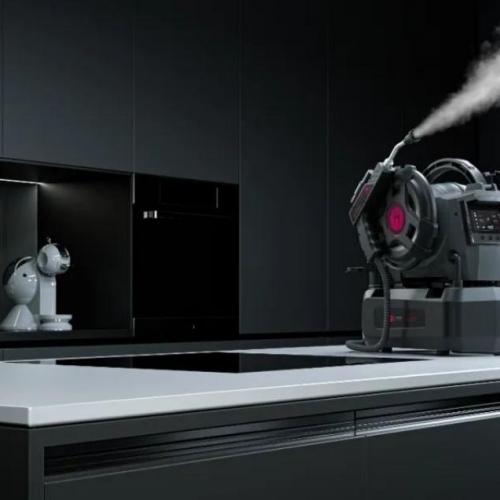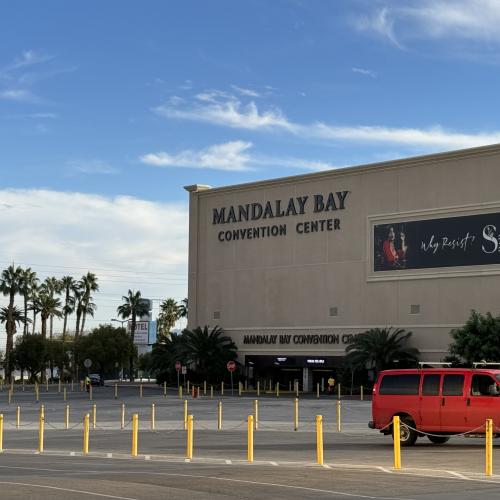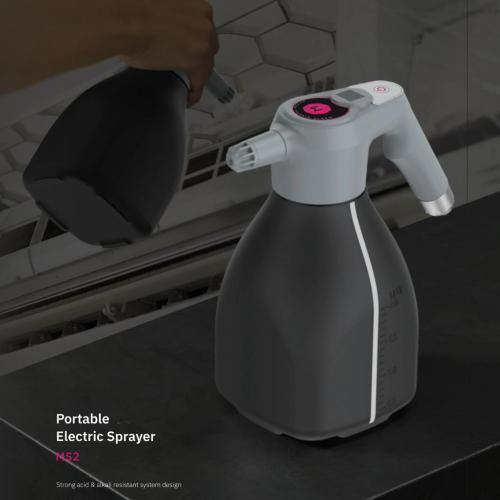Does underfloor heating need to be cleaned or not? How to clean? What are the precautions?
Update time: 24-03-08 Views: 1913
Does underfloor heating need to be cleaned or not? How to clean? What are the precautions?
As the standard of living improves, underfloor heating is not only a necessity in the north, but has also become a new favorite among southern residents. Underfloor heating is able to emit heat through the ground, allowing for a balanced and comfortable indoor temperature, clean and moist air, while saving energy and reducing pollution. Whether you are in the north or the south, underfloor heating can turn your home into a warm paradise!
Has it been a long time since the underfloor heating in your home has been cleaned? Many people may not realize that if the floor heating is not cleaned on a regular basis, it will not only affect the heating effect, but also waste energy, and even cause clogged pipes, which will bring unnecessary troubles and losses to your home.
The vast majority of users install underfloor heating and do not have the consciousness of maintenance and cleaning after use!
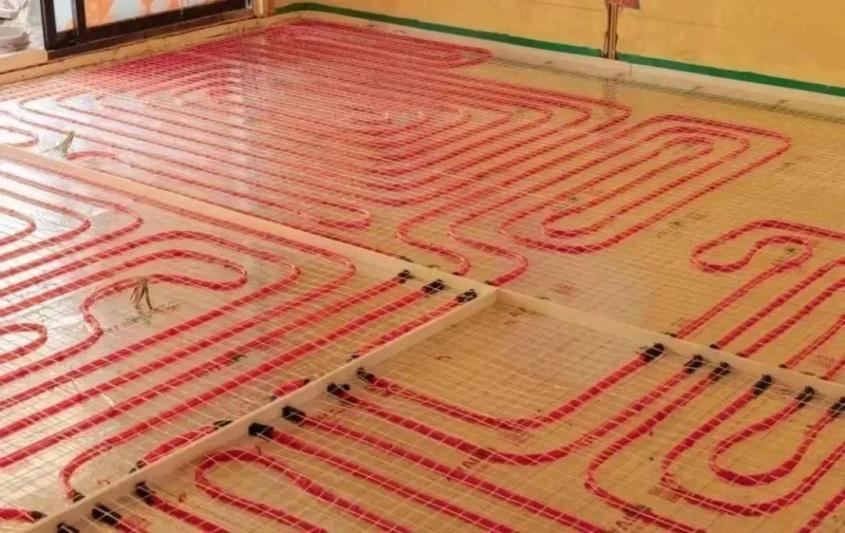
Images from the web
The need for underfloor heating cleaning, as follows.
Extending the life of underfloor heating:
Underfloor heating due to long time working under high temperature, underfloor heating pipe and belongs to the confined space, will produce scale, biological mud, in order to ensure that the underfloor heating pipe clean and service life, so you need regular maintenance.
energy conservation:
According to relevant statistics, every 1mm increase in the thickness of the pipe wall, will make the indoor temperature drop 6 ℃, hindering the transfer of heat. At the same time will also cause the floor heating pipe part of the infarction, not only affect the normal use, and cause a lot of energy waste.
Heating comfort:
Due to the smooth circulation of water flow after pipeline cleaning, the temperature is raised quickly and the overall indoor comfort is improved.
Extended boiler life and heat transfer efficiency:
Boilers are generally cased and plate exchange type. Clean circulating water after cleaning enhances the heat exchange efficiency of the boiler and reduces the failure rate of the boiler.
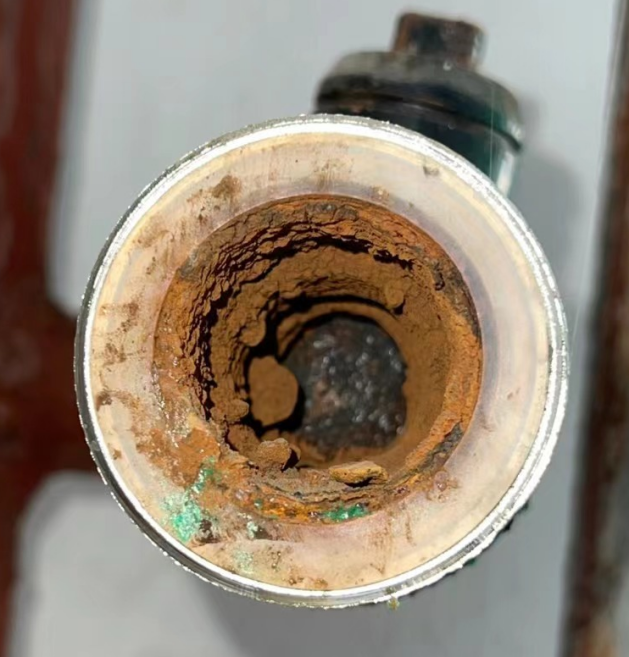
Images from the web
Why does underfloor heating get dirty? There are several main sources of impurities in underfloor heating pipes:
1. The change of temperature in the geothermal pipe leads to the precipitation of calcium, magnesium and other metal ions dissolved in the water, forming crystals and precipitation.
2. Microorganisms in the water under certain conditions will produce a large number of biological slime, and attached to the pipe wall of the continuous formation and growth
3. Insufficiently softened water is injected into the plumbing network.
4. The use of plumbing additives (mainly plumbing descaling agent)
5. The water heating boiler should be maintained and cleaned every year, and some of the resulting impurities will flow into the household geothermal pipe network.
If it is centralized heating, biological slime, impurities, scale, rust, pollutants, etc. in the pipeline of the external network may also enter the pipeline of the house.
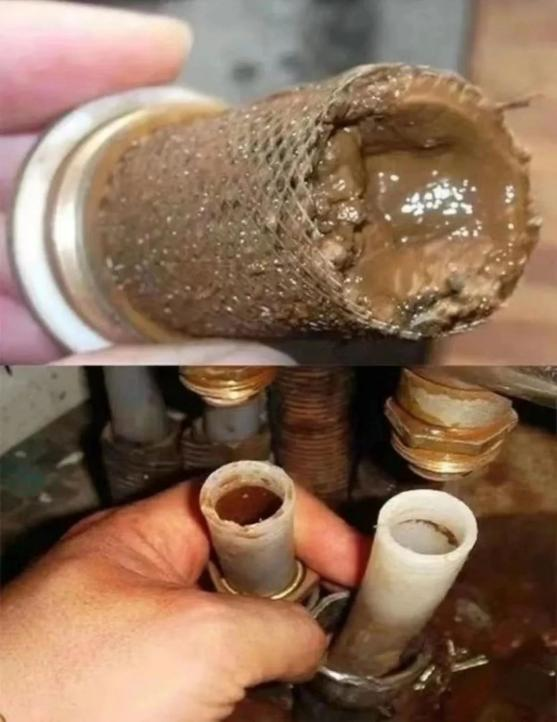
Images from the web
These impurities increase the resistance of the water and increase heating energy consumption. When the buildup of impurities is severe, it can lead to clogged pipes. After the blockage of the pipeline, the pipeline will not be able to supply heat. If the whole pipe replacement project is large, it will cause a lot of time and economic losses.
Common methods of cleaning underfloor heating
● Filter cleaning: Clean the filter at the front of the manifold every year before use to ensure the cleanliness of the water pipes and prevent clogging of the pipes● Chemical cleaning: chemical agents into the pipeline soaking, so as to achieve the cleaning effect. During the soaking process, some scale and mud inside the pipeline are shed, so that the pipeline is more open, and will not block the water flow.
● Projectile cleaning: mainly utilizes the friction between the cleaning projectile and the pipeline to achieve the cleaning purpose. This method is more time-consuming and labor-intensive, and can be used optionally.
● Jet cleaning: the use of high-pressure water jets rinse the inner wall of the pipeline to remove the adhering impurities. The cleaning effect is good, but requires specialized equipment and personnel to operate.
● Physical pulse cleaning: the use of water and gas mixed with the vibration wave generated by the impact of the heating pipe, so as to achieve the cleaning effect, the method is simple and good cleaning effect.
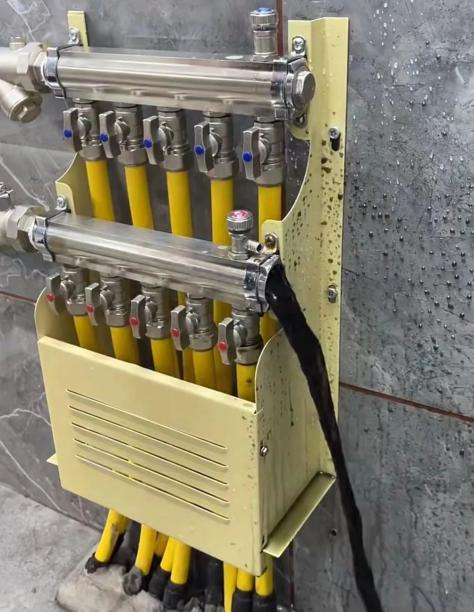
Images from the web
The best time for underfloor heating cleaning
Cleaning of underfloor heating is generally recommended to be carried out every 2~3 years, preferably before or after heating to avoid affecting normal use.
Cleaning of underfloor heating requires the use of Professional underfloor heating cleaning equipment, which can completely remove the dirt, deposits, bacteria, etc. from the underfloor heating pipes and restore the circulation and heat dissipation of the underfloor heating.
Recommended Cleaning Equipment
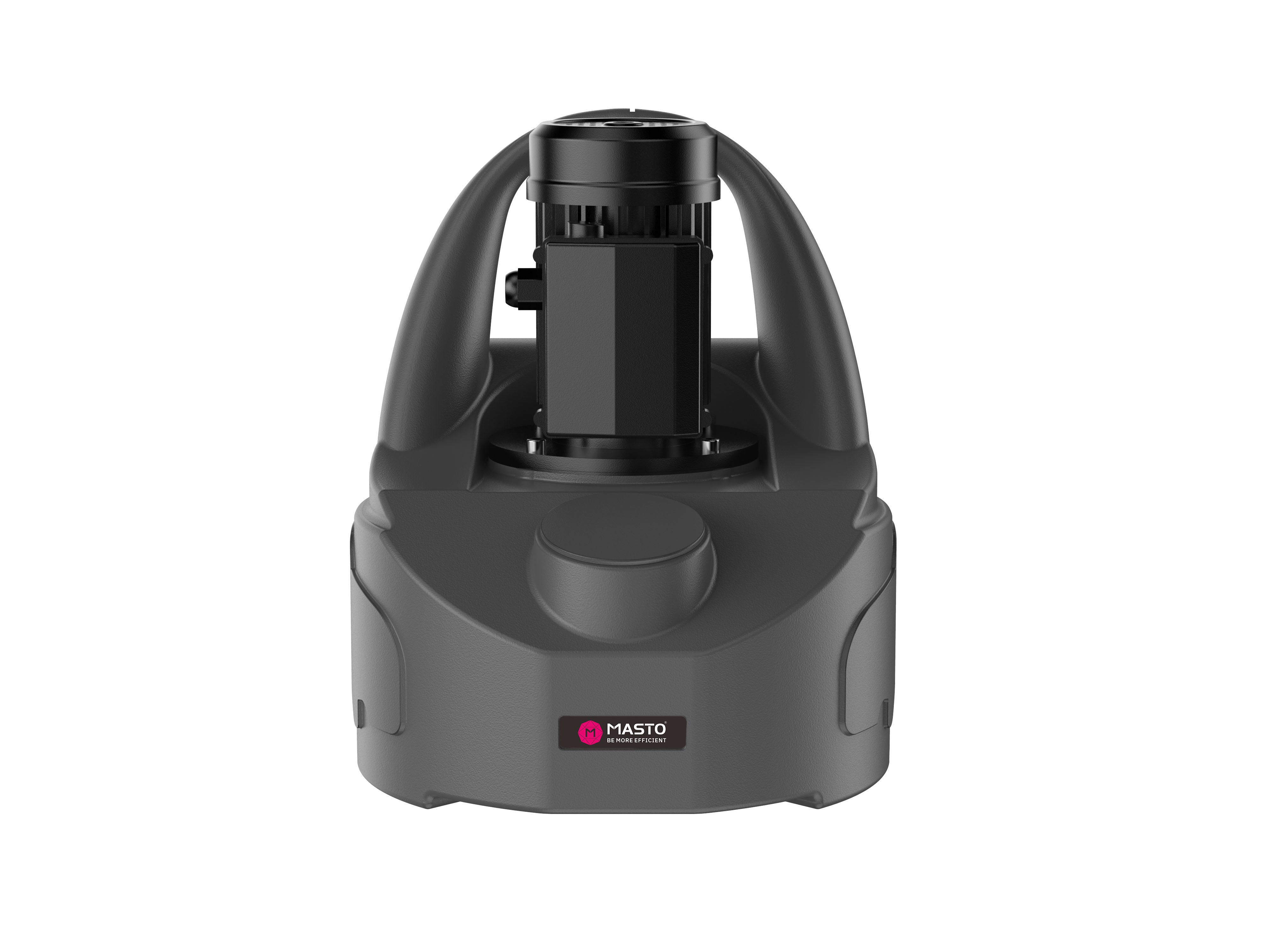
MT-15 Descaling Machine
MASTO introduces the MT-15 Descaling Machine, a compact descaling pump system developed for cleaning and descaling the internal piping of a variety of small installations:
It is suitable for all kinds of wall-hung boilers, underfloor heating lines, radiators, heat pumps, water heaters, boilers and small water-cooled condensers.
High head, large flow adaptive water pump, according to the degree of pipe blockage can be automatically adjusted to regulate the pressure and flow rate, the formation of vortex scouring force, rapid unblocking of the pipeline to maintain high efficiency cleaning at the same time maximize the protection of piping systems.
Simple operation, easy to take over, just connect the water inlet, outlet two interfaces, you can start cleaning work, from "white" to fully harnessed in just a few minutes.
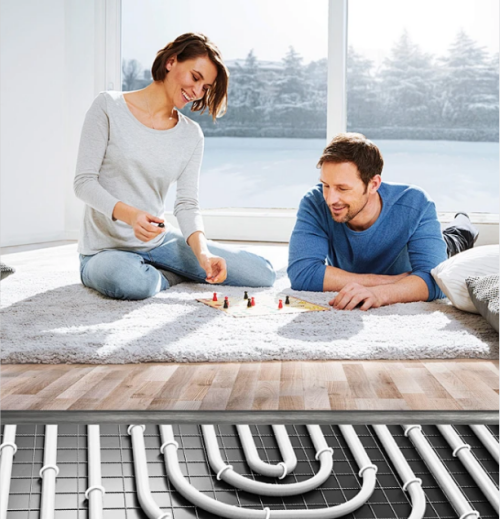
I hope you find the underfloor heating related tips shared today helpful! Underfloor heating is a great way to heat your home in the winter, it can make your winter warm and cozy while saving space!
If you want to install underfloor heating, you can consult a Professional company to choose the right underfloor heating system based on your room size, flooring materials, budget and other factors. If you are already using underfloor heating, don't forget to give it a thorough inspection and maintenance!

